Have you ever paused to really look at the coins jingling in your pocket or purse? Beyond their face value, some coins are worth far more than you might imagine. The world of numismatics, or coin collecting, reveals that everyday currency can hold surprising value, turning spare change into potential treasures. From rare errors to historically significant designs and precious metal content, numerous coins in circulation are highly sought after by collectors. This guide, brought to you by the money experts at money-central.com, will illuminate the fascinating world of “Coins Worth Money,” helping you identify valuable pieces hiding in plain sight and understand what makes them special.
Valuable Quarters You Might Stumble Upon
The quarter, a workhorse of American commerce, has a rich history and some fascinatingly valuable variants. Keep an eye out for these quarters that could be worth significantly more than 25 cents.
Silver Quarters (1932-1964): The Allure of Precious Metal
For over three decades, United States quarters were crafted from 90% silver and 10% copper. This era, spanning 1932 to 1964, produced quarters with a distinctive luster and intrinsic value tied to the price of silver. While millions were minted, these “silver quarters” are no longer in circulation in everyday transactions but can still be found in older collections or occasionally in circulation. Their melt value alone makes them worth more than their face value, and in excellent condition, they are even more desirable to collectors. Remember, melting US coins for their metal content is illegal, so their value is best realized through collectors.
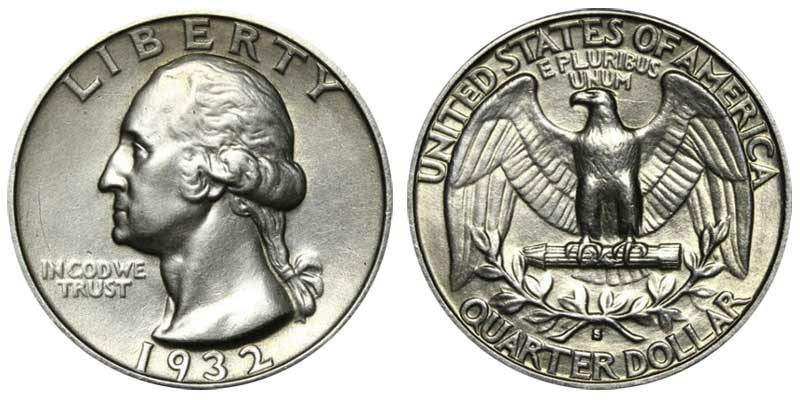 1932 Silver Quarter, showcasing its historical significance and potential value.
1932 Silver Quarter, showcasing its historical significance and potential value.
Approximate Value: $5 – $60 (depending on condition and silver prices).
2005 “In God We Rust” Kansas State Quarter: A Humorous Error
Coin errors are often highly prized by collectors, and the 2005 Kansas State Quarter offers a particularly amusing example. A grease buildup on the die during the minting process caused a noticeable error on some coins, making the “T” in “TRUST” disappear from the motto “IN GOD WE TRUST.” This resulted in the quirky and memorable phrase “IN GOD WE RUST.” This error, playing on a familiar phrase, instantly boosted the coin’s collectibility. If you find one of these, it’s a testament to how even minor flaws can significantly increase a coin’s worth.
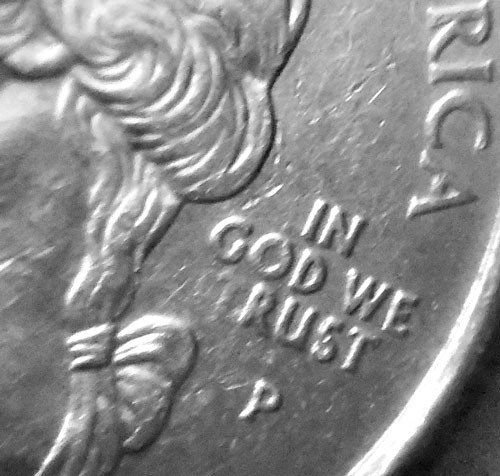 Kansas State Quarter error coin, highlighting the missing 'T' in "TRUST" and its increased collector value.
Kansas State Quarter error coin, highlighting the missing 'T' in "TRUST" and its increased collector value.
Approximate Value: $100
2004 Wisconsin State Quarter “Extra Leaf” Varieties: Intentional Design Flaw?
The State Quarters program, launched in 1999, was a popular initiative that celebrated each state with unique designs. The 2004 Wisconsin quarter, featuring a cow, cheese, and corn, quickly became notable for a supposed error: an “extra leaf” on the corn stalk. Interestingly, there are two versions of this “error”—one with an extra leaf pointing up and another with an extra leaf pointing down. While initially assumed to be a minor die imperfection, the existence of two distinct “extra leaf” variations has led many collectors to believe this was an intentional, albeit subtle, alteration by a mint employee in Denver. This intriguing story and the visual distinctiveness of the “extra leaf” have made these Wisconsin quarters highly sought-after.
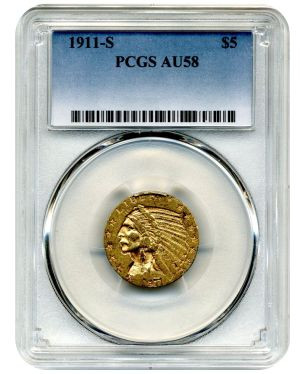 Wisconsin State Quarter with extra leaf, demonstrating the detail and potential errors that collectors seek.
Wisconsin State Quarter with extra leaf, demonstrating the detail and potential errors that collectors seek.
Approximate Value: $300 (for either “extra leaf” variety).
Dimes with Dollars in Value: Small Coins, Big Potential
Don’t underestimate the dime! While seemingly insignificant, certain dimes in circulation can be surprisingly valuable.
1996 Roosevelt Dime: A Collector’s Edition Gone Astray
The 1996 Roosevelt Dime was specially minted to commemorate the 50th anniversary of the Roosevelt Dime design, which first appeared in 1946. These dimes were intended for inclusion in collector sets and not for general circulation. However, some of these commemorative dimes found their way into circulation, likely removed from sets and spent. With only 1.5 million minted, they are scarcer than regular circulation dimes and carry a premium for collectors, especially in uncirculated condition.
Approximate Value: $2 – $3
1982 No Mint Mark Roosevelt Dime: Missing Mark, Added Value
US coins typically bear a mint mark indicating where they were produced (e.g., “D” for Denver, “P” for Philadelphia, “S” for San Francisco). The 1982 No Mint Mark Roosevelt Dime is an error coin that lacks this identifying mark. This omission resulted from a die malfunction at the Philadelphia Mint, where some dies were produced without the mint mark. While not incredibly rare, these “no P” dimes are still a notable error and are valued by collectors.
Approximate Value: $35 – $50
1965 Roosevelt Silver Dime: A Rare Transitional Error
In the mid-1960s, the US Mint transitioned from silver dimes to dimes made of a copper-nickel clad composition. During this changeover in 1965, a very small number of dimes were mistakenly struck on silver planchets (the metal blanks used to make coins). These 1965 Roosevelt Silver Dimes are extremely rare errors. A key way to identify them is by weight: silver dimes weigh 2.50 grams, while clad dimes weigh 2.27 grams. The silver content and rarity combine to make these dimes highly valuable.
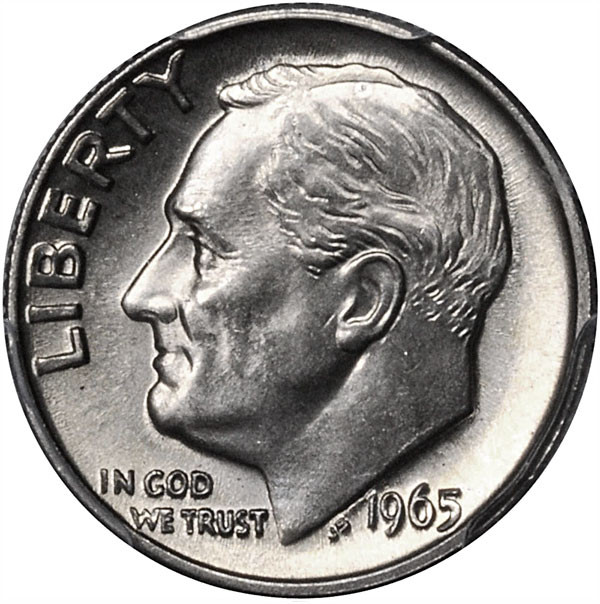 1965 Roosevelt Dime, a rare silver error coin potentially worth thousands.
1965 Roosevelt Dime, a rare silver error coin potentially worth thousands.
Approximate Value: $7,000
Nickels That Nickels Can’t Buy: Valuable Five-Cent Pieces
Nickels, often overlooked, also have their share of valuable and interesting coins.
1937-D “3-Legged Buffalo” Nickel: A Classic Error of the Wild West
Perhaps the most famous error coin in US numismatics is the 1937-D “3-Legged Buffalo” Nickel. This iconic error occurred when a Mint employee attempted to repair a worn die by polishing it. In doing so, they inadvertently removed too much detail, causing the front right leg of the buffalo to disappear on the struck coins. The result is a visually striking and easily recognizable error. Due to its fame and collectibility, be cautious of counterfeits – some have tried to artificially remove a leg from normal nickels.
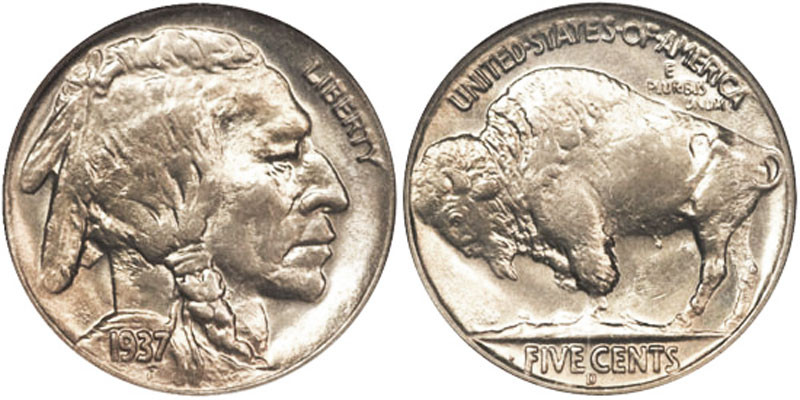 1937 3-Legged Buffalo Nickel, the most famous error nickel, showcasing the missing leg.
1937 3-Legged Buffalo Nickel, the most famous error nickel, showcasing the missing leg.
Approximate Value: $95,000
1918/7-D Buffalo Nickel: An Overdate Rarity
The 1918/7-D Buffalo Nickel is a sought-after “overdate” coin. Overdates occur when a die intended for one year (in this case, 1917) is reused the following year (1918), and the new date is stamped over the old one. On the 1918/7-D, traces of the “7” from 1917 are visible under the “8” of 1918, particularly when magnified. This subtle but significant error, combined with the coin’s age and the popularity of the Buffalo Nickel series, makes it a valuable find.
Approximate Value: $125,000
1942-P “Silver” War Nickel: Wartime Composition Change
During World War II, nickel was a critical war material. To conserve nickel, the US Mint changed the composition of the five-cent piece from its usual copper-nickel alloy to a composition of 56% copper, 35% silver, and 9% manganese. These “silver war nickels” were minted from mid-1942 to 1945 and are easily identified by their silver color and the large mint mark (P, D, or S) placed above Monticello on the reverse. While not as rare as error coins, their silver content and historical context give them value beyond face value.
Approximate Value: $12
Pennies Packing a Punch: Cents with Significant Value
Even the humble penny can be surprisingly valuable. Look out for these standouts.
1943 Steel Penny: Wartime Metal Substitution
Similar to the wartime nickel, the 1943 Steel Penny is a product of World War II material conservation. Copper was needed for ammunition and war industries, so pennies in 1943 were struck in steel coated with zinc. These steel pennies are easily distinguished by their silver color (compared to the usual copper color of pennies). While steel is less valuable than copper, the 1943 steel penny is scarce because the Mint quickly reverted to copper pennies in 1944. It’s a tangible piece of wartime history.
Approximate Value: $10
1995 Doubled Die Obverse Penny: A Common, Yet Collectible Error
The 1995 Doubled Die Obverse Penny exhibits a “doubled die” error, where the design elements (like the lettering “LIBERTY” and “IN GOD WE TRUST”) appear doubled or blurred. This is caused by a misalignment during the die-making process. While not extremely rare (estimated to be hundreds of thousands minted), the 1995 doubled die penny is one of the more common and affordable doubled die errors, making it accessible to beginner collectors.
Approximate Value: $20 – $50
1969-S Doubled Die Obverse Penny: A Highly Sought-After Error
The 1969-S Doubled Die Obverse Penny is a significantly more valuable and rarer doubled die error compared to the 1995 version. The doubling is prominent and easily visible, particularly on “LIBERTY” and “IN GOD WE TRUST.” Only around 50 to 100 of these coins are estimated to exist, making them extremely scarce and highly prized. A 1969-S doubled die penny in uncirculated condition can fetch prices in the tens of thousands of dollars, highlighting the dramatic value error coins can attain.
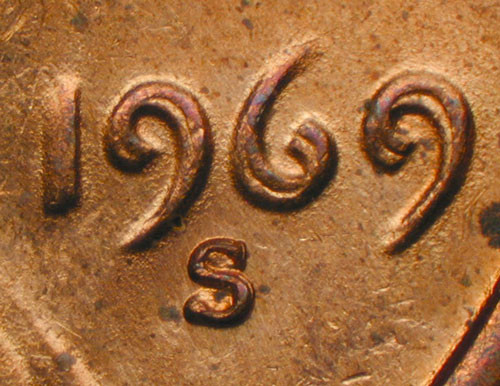 1969 Double Die Penny, showcasing the dramatic doubling error that makes it incredibly valuable.
1969 Double Die Penny, showcasing the dramatic doubling error that makes it incredibly valuable.
Approximate Value: $30,000 – $100,000+
Half Dollars and Dollars: Larger Denominations, Larger Potential
Don’t forget to check your larger denomination coins for hidden value.
1948-1963 Franklin Half Dollar: Silver and Design Appeal
The Ben Franklin Half Dollar, minted from 1948 to 1963, features Benjamin Franklin on the obverse and the Liberty Bell on the reverse. Like quarters and dimes of this era, Franklin Half Dollars are made of 90% silver. Their silver content gives them intrinsic value, and well-preserved examples are popular with collectors for their classic design and historical significance. In 1964, the half dollar design changed to honor John F. Kennedy after his assassination, making the Franklin series a relatively short-lived but collectible silver coin.
Approximate Value: $12 – $125 (depending on condition and silver prices).
Presidential Dollar Coin Errors (2007-Present): Modern Minting Mistakes
The Presidential Dollar series, launched in 2007, celebrates US presidents with individual dollar coin designs. Interestingly, this series has been prone to a higher-than-usual number of minting errors. Errors found on Presidential Dollars include missing edge lettering (which should include the date, mint mark, and mottoes), doubled edge lettering, and coins struck without edge lettering altogether. These errors, particularly “Godless Dollars” missing “IN GOD WE TRUST” on the edge, are popular with modern error collectors.
Approximate Value: $100 – $900 (depending on the specific error type and rarity).
1870-CC Seated Liberty Dollar: Rarity and Beauty Combined
The 1870-CC Seated Liberty Dollar, minted at the Carson City Mint (“CC” mint mark), is a classic example of a valuable coin due to its combination of scarcity, historical context, and design appeal. Carson City Mint coins, in general, are often scarcer than coins from other mints. The Seated Liberty design, featuring Lady Liberty seated and holding a shield and flag, is considered aesthetically beautiful. While not necessarily an error coin, the 1870-CC’s lower mintage and historical significance make it highly desirable to collectors.
Approximate Value: $500 – $5,000+ (depending on condition and specific variety).
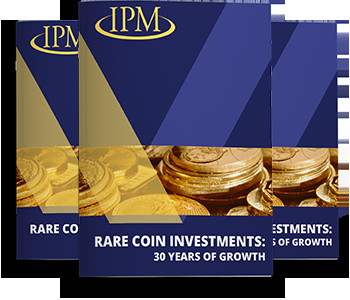 Download your free guide to investing in rare coins, encouraging further engagement and learning.
Download your free guide to investing in rare coins, encouraging further engagement and learning.
Unearthing the Most Valuable US Coins: Beyond Circulation
While the coins discussed above can potentially be found in circulation, the truly top-tier valuable US coins are generally beyond everyday finds. These are historical rarities that command astronomical prices.
1927-D Double Eagle: A Gold Coin Saved from the Melt
The 1927-D Double Eagle is a $20 gold coin that represents incredible rarity. While 180,000 were initially minted, the timing was unfortunate. Released in 1928, coinciding with economic instability leading to the Great Depression, there was little public demand. Then, the 1933 gold recall, which made private gold ownership illegal, led to the melting of vast quantities of gold coins. It’s believed most 1927-D Double Eagles were melted. Only a handful survived, making it one of the most significant rarities in US coin collecting.
Approximate Value: $1.3 million
1913 Liberty Head Nickel: An Iconic Rarity with a Mysterious Past
The 1913 Liberty Head Nickel is legendary. Officially, no Liberty Head Nickels were supposed to be minted in 1913, as the Buffalo Nickel replaced it. However, five examples mysteriously surfaced years later. Theories range from a Mint employee illegally striking them to them being test strikes from late 1912. Regardless of their origin, their extreme rarity—only five known—makes them among the most valuable coins globally.
Approximate Value: $5 million
1794 Flowing Hair Silver Dollar: The First Dollar, A Priceless Piece of History
The 1794 Flowing Hair Silver Dollar holds a special place in US numismatics as the very first dollar coin minted by the United States federal government. With an estimated mintage of only 2,000, and dating back over 200 years, its age and historical significance are unparalleled. The design, featuring a bust of Liberty with flowing hair, is considered beautiful and representative of early American coinage. Its status as the inaugural US dollar, combined with its rarity and beauty, elevates it to the pinnacle of coin collecting.
Approximate Value: $10 million
Start Your Coin Treasure Hunt Today
Exploring the world of “coins worth money” is an engaging and potentially rewarding endeavor. Coin collecting is a fascinating hobby that connects you to history, art, and the subtle details of everyday objects. Start examining your pocket change, delve deeper into coin varieties, and you might just discover a hidden treasure waiting to be found.
To further your numismatic journey and learn more about valuable coins and precious metals investing, contact us at money-central.com. Our experts are here to help you explore the exciting world of coins and secure assets. Reach out via email at [email protected] or call 1-800-781-2090.
Explore our other insightful articles on related topics: ‘Indian Head Pennies’, ‘Why Do Pennies Turn Green?’, and ‘US Mint Coins’.
